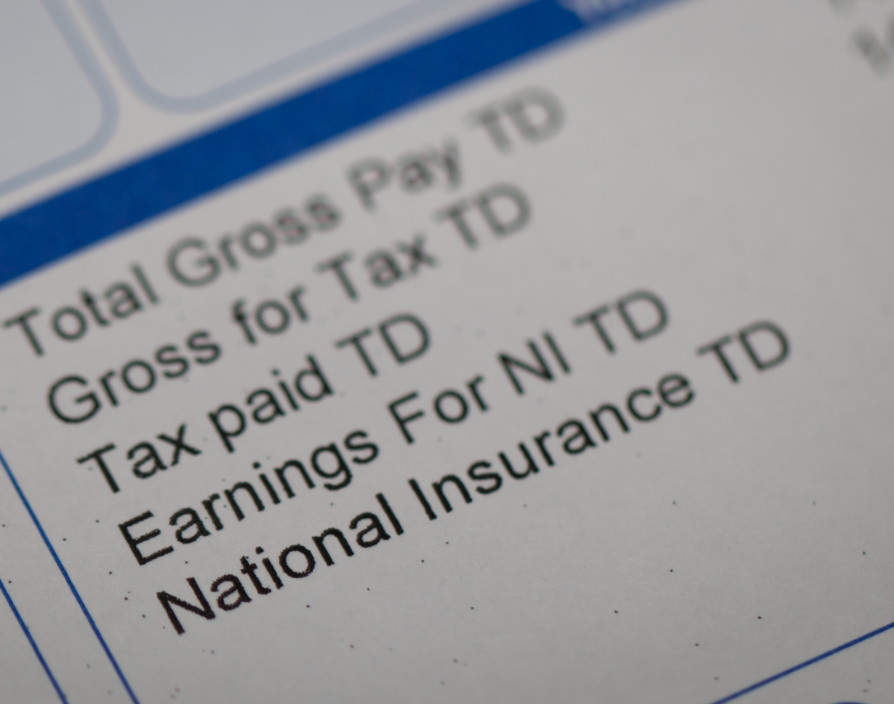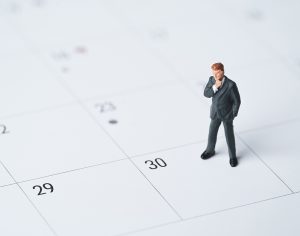While the onus is always on employers to pay their employees correctly, employees do have a responsibility to check that the details on their payslips are correct. Those that don’t, run the risk of being underpaid or overtaxed.
Do you always check your payslips? If you don’t, you’re not alone. Research by HR software provider CIPHR recently revealed that nearly a quarter (22%) of UK workers don’t regularly check their payslips, despite their importance for keeping track of their pay. As many as one in twelve people (8%) confessed to rarely (or even never) looking at their payslips.
People occupying senior management positions are among the least conscientious when it comes to their payslips. Only 45% of CEOs, directors and senior managers said they always checked them, compared to 60% of employees in non-management roles. The average (over 1,000 people were polled) was around 57% for all workers.
CIPHR’s findings also revealed an interesting age divide, with older workers much more likely than their younger counterparts to say that they always check their payslips.
Nearly three-quarters (74%) of people over-55 said they always check them, compared to around three-fifths (61%) of 35 to 54-year-olds, half (52%) of 25 to 34-year-olds, and less than half (45%) of 18 to 24-year-olds. This could be due to numerous reasons, with younger generations perhaps relying more on banking apps and notifications to check they’ve been paid. While many workers over 40, who have seen the transition from physical paper payslips to secure online versions, are simply more in the habit of checking them.
The important takeaway is that no matter your age, job role or occupation, if you don’t check your payslips then you may miss errors on them, which can ultimately impact your pay. And nobody wants to lose out on their salary unnecessarily.
What details to check
In an ideal world, people should always check their payslips as soon as they are issued. But, at the very least, it’s good practice to check payslips anytime there’s been a change in personal circumstances ‘ an annual pay rise, a promotion, bonus payments, commission payments, people getting married or working from home, or the start of the new tax year, for example. Anything that is likely to change earnings, tax codes or National Insurance (NI) letters.
Every payslip must show an employee’s total or gross pay, their net or take-home pay, any deductions or payments, and list any variable hours that have been worked.
Most will also include an NI number, tax code, payroll number, pay rate, details of extra payments, the tax month, the payment method, and a tax office / PAYE reference, which is useful to have when contacting HMRC with any queries.
The top five details to check are: your tax code; variable payments, such as shared parental leave, statutory sick pay, maternity pay, and paternity pay etc; your personal information ‘ name, address, and NI number; your NI category letter; and, lastly, your employee and employer pension contributions.
If there are any mistakes on the payslip, it’s best to flag it as soon as possible, as it’s much more complicated to fix issues retrospectively, particularly in a different tax year.
“
Share via:


















































